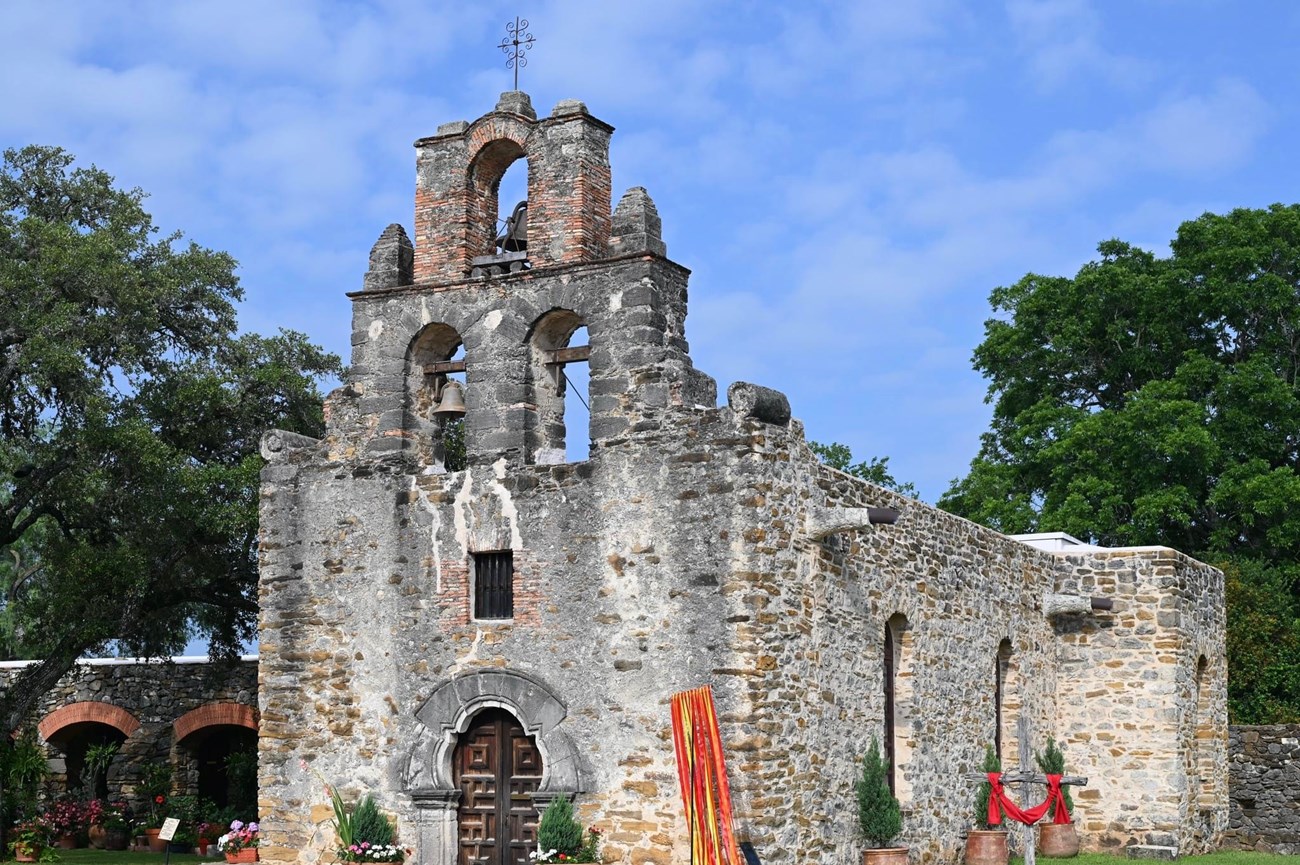Strategy Your Browse Through: San Antonio Missions National Historical Park Map and Directions
Strategy Your Browse Through: San Antonio Missions National Historical Park Map and Directions
Blog Article
Discover the Cultural Treasures of Texas at the San Antonio Missions National Historic Park
The objectives, deeply rooted in both Spanish and Indigenous societies, stand as testimony to a time when belief, custom, and community linked to shape the landscape we see today. Each goal tells an one-of-a-kind tale, supplying a peek into the past that is both fascinating and thought-provoking.
History of San Antonio Missions
The origins of the San Antonio Missions can be mapped back to the 18th century when Spanish missionaries developed these religious stations in Texas. These missions were developed with the function of spreading out Christianity and converting the aboriginal population to Catholicism. The very first mission, Objective San Antonio de Padua, was founded in 1718, adhered to by Mission San Jose in 1720, Goal San Juan Capistrano in 1731, and Mission San Francisco de la Espada in 1731. These objectives were not just locations of prayer yet also worked as facilities for agriculture, market, and education and learning, playing a significant duty in the development of the area. Over time, the objectives came to be flourishing neighborhoods with churches, living quarters, workshops, and farmland.
Regardless of dealing with obstacles such as disease, conflicts with Native American tribes, and political modifications, the goals continued to operate for several years. Today, the San Antonio Goals stand as a testimony to the abundant cultural heritage of Texas and offer a look right into the history of Spanish emigration in the area.
Building Wonders of the Goals

Each mission within the San Antonio Missions National Historic Park boasts one-of-a-kind architectural attributes. The Mission San José, referred to as the "Queen of the Goals," excites site visitors with its grand church decorated with intricate makings and a striking climbed window. On the other hand, the Objective San Juan Capistrano showcases an easier style with its moderate bell tower and humble yet stylish chapel.
The architectural marvels of the missions not just work as historic sites however additionally as living testimonies to the social combination that defines Texas' rich heritage - San Antonio Missions National Historical Park address. Visitors can explore these structures, wonder at their complex details, and gain a much deeper admiration for the craftsmanship and artistry of the past
Cultural Value of Objective Concepcion
With its distinctive red rock walls and intricate geometric layouts, Mission Concepcion stands as a testimony to the withstanding cultural heritage of the San Antonio Missions National Historical Park. Integrated in the early 18th century, Mission Concepcion is renowned for its well-preserved frescoes, which show a mix of Spanish, Native American, and Mesoamerican impacts. These vibrant frescoes not just showcase the creative skills of the individuals that created them however also act as a visual representation of the social combination that took place within the objective wall surfaces.
Beyond its architectural beauty, Objective Concepcion holds substantial social relevance as a site where indigenous peoples were introduced to European custom-mades and Catholicism. The goal played a pivotal role in shaping the cultural landscape of Texas, working as a hub for religious, social, and economic activities. Today, Objective Concepcion remains to be a location of cultural relevance, drawing in visitors from all over the world that look for to check out and value its rich background and architectural marvels.
Native Impact on Goal Life

Evident through the daily interactions and cultural exchanges within Objective Concepcion, native impacts played an essential role in shaping the fabric of mission life in the 18th century. Indigenous neighborhoods brought a riches of understanding and skills that dramatically impacted various aspects of goal life. Their competence in agriculture, craftsmanship, and conventional healing methods not only sustained the missions but additionally improved the social landscape within the objective walls.
Native influence extended beyond practical abilities, penetrating into religious methods and creative expressions. Native beliefs and personalizeds come together with Catholic mentors, resulting in an unique syncretic mix that defined the spiritual life of the Discover More objectives. Indigenous craftsmens additionally left an enduring mark on the missions via their detailed workmanship, noticeable in the thorough carvings and vivid frescoes that adorn the goal churches.
Conservation Efforts and Future Plans
The integration of native impacts within the fabric of mission life at San Antonio Missions National Historic Park has spurred comprehensive conservation efforts and critical future plans targeted at securing and enhancing the cultural treasures housed within these historical websites. Preservation initiatives at the park are multifaceted, consisting of conservation of the building frameworks, protection of the bordering natural surroundings, and documentation of the abundant cultural heritage installed in the objectives. Via partnerships with neighborhood communities, federal government agencies, and cultural organizations, the park has actually carried out preservation projects to resolve issues such as disintegration, architectural integrity, and historical analysis.
Looking in advance, the San Antonio Missions National Historical Park has ambitious future strategies to further enhance its social significance. These strategies involve broadening curricula, enhancing visitor experiences with interactive displays and tours, and promoting ongoing research to deepen understanding of the objectives' historic context. By focusing on conservation and technology, the park aims to guarantee that these social treasures stay accessible and meaningful for generations to find.
:max_bytes(150000):strip_icc()/usa--texas--san-antonio--mission-san-jose-exterior-200436488-001-f7741ec9049a4384a12471e2edd81e70.jpg)
Verdict
Finally, the San Antonio Missions National Historic Park in Texas showcases a rich history, exceptional architectural wonders, and deep cultural relevance. The goals, particularly Objective Concepcion, mirror the influence of indigenous populations on objective life. Conservation initiatives are recurring to make certain these social prizes are protected for future generations to appreciate. The park stands as a testimony to the long-lasting legacy of the missions in Texas.
Please visit one of our local supporters - Quick Liquidation Pallet Wholesale Miami
Report this page